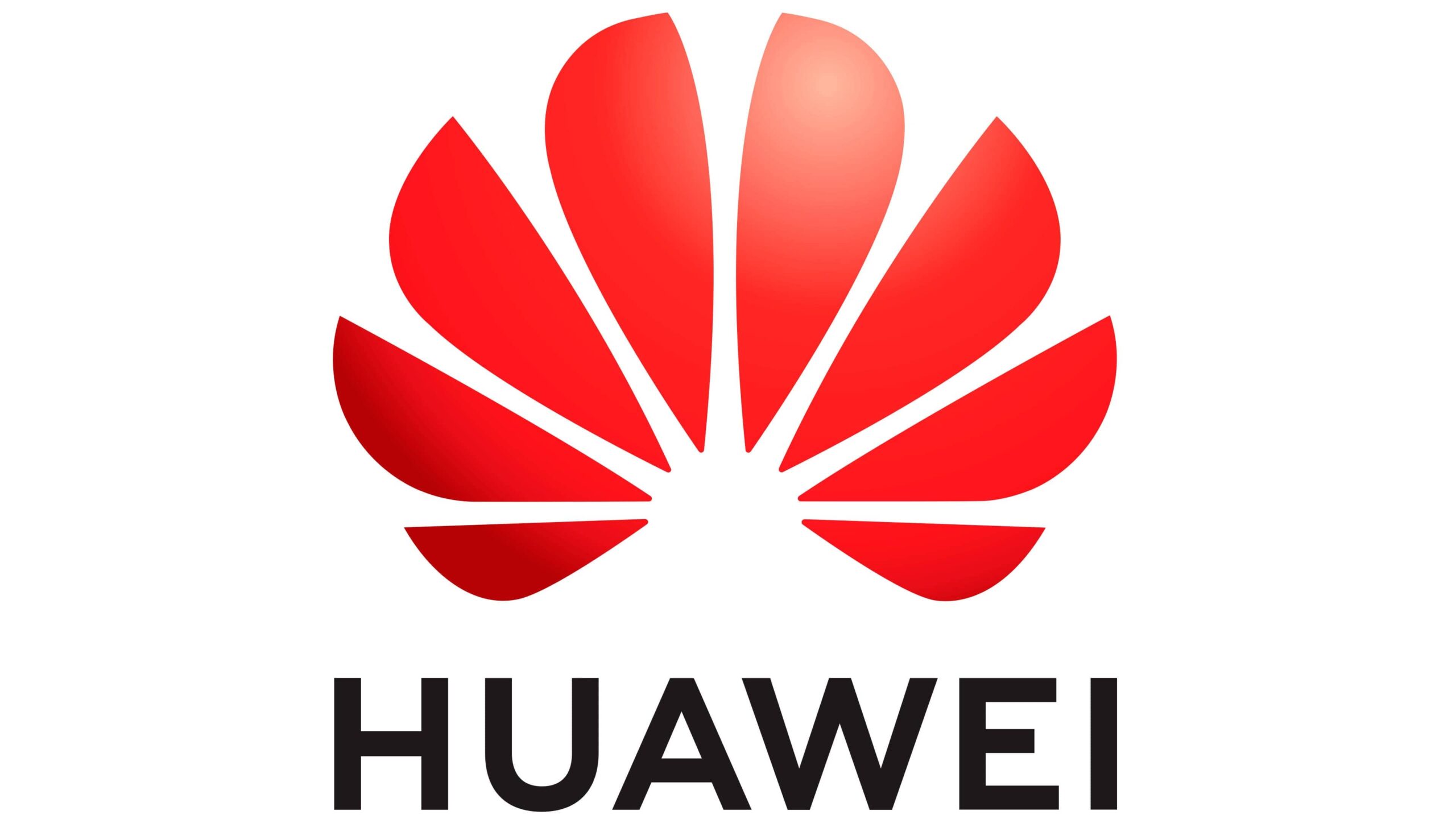
Founded in 1987 by Ren Zhengfei in Shenzhen, China, Huawei Technologies Co., Ltd. has evolved from a telecommunications equipment manufacturer to a global technology giant with a profound impact on the information and communications technology (ICT) industry. With a workforce of around 197,000 employees and a presence in over 170 countries, Huawei has become synonymous with innovation and technological prowess. This introduction provides a glimpse into Huawei’s expansive journey, exploring key milestones, numerical achievements, and the company’s diverse contributions to various sectors, from smartphones and cloud computing to 5G infrastructure. Join us as we delve into 25 historical facts and numerical trivia that encapsulate the remarkable story of Huawei.
Foundation Year: Huawei’s inception traces back to 1987 when Ren Zhengfei established the company in Shenzhen, China. At the time, Huawei primarily focused on manufacturing phone switches, gradually evolving into a global information and communications technology (ICT) giant. Ren Zhengfei’s vision was to bridge the technological gap in China, and Huawei’s humble beginning with an initial registered capital of CNY 21,000 laid the foundation for what would become one of the world’s leading telecommunications and electronics companies.
Global Presence: Huawei’s global reach is expansive, with operations spanning more than 170 countries. The company’s international expansion has been marked by its commitment to providing cutting-edge technology solutions, including telecommunications equipment, smartphones, and enterprise products. Huawei’s widespread presence has enabled it to adapt to diverse markets, contributing to its emergence as a key player in the global ICT industry.
Number of Employees: As of 2021, Huawei boasted a massive workforce of around 197,000 employees worldwide. This diverse and skilled workforce is a testament to Huawei’s commitment to innovation and development across its various business segments. The company’s substantial employment figures also underscore its significant impact on the global job market.
Revenue: In 2020, Huawei reported staggering revenue of approximately $136.7 billion, solidifying its position as one of the largest and most influential technology companies globally. This financial success reflects Huawei’s ability to navigate complex market landscapes and deliver sought-after products and services.
Research and Development: Huawei’s commitment to innovation is evident in its substantial investment in research and development (R&D). Allocating around 20% of its annual revenue to R&D showcases the company’s dedication to staying at the forefront of technological advancements. This investment has led to the development of groundbreaking technologies, solidifying Huawei’s reputation as a pioneer in the industry.
Patents: Huawei’s extensive patent portfolio, exceeding 100,000 active patents globally as of 2021, underscores its commitment to intellectual property and innovation. This vast collection of patents encompasses a wide range of technologies, including telecommunications, networking, and mobile devices, positioning Huawei as a major player in shaping the future of the tech industry.
5G Technology: Huawei has been a driving force behind the development of 5G technology, holding over 1,500 5G standard-essential patents by 2021. This significant contribution has played a pivotal role in shaping the landscape of next-generation wireless communication, solidifying Huawei’s position as a leader in 5G innovation.
Ascend 910 AI Chip: Introduced in 2019, Huawei’s Ascend 910 AI chip claimed the title of the world’s most powerful AI processor at that time. This achievement showcased Huawei’s prowess in artificial intelligence (AI) and its commitment to advancing the capabilities of AI technology.
Smartphone Shipments: In 2020, Huawei emerged as the world’s largest smartphone maker by shipments, surpassing industry giants Samsung and Apple. This milestone marked a significant triumph for the company’s consumer business segment, highlighting its ability to meet consumer demands and preferences.
Huawei Consumer Business Group: With the consumer business segment contributing over 54% of Huawei’s total revenue in 2020, this division holds substantial significance within the company’s overall operations. The Consumer Business Group encompasses Huawei’s smartphone, tablet, PC, and wearable product lines, showcasing the company’s diversified approach to technology and its impact on the global consumer electronics market.
Honor Brand: In 2020, Huawei made a strategic decision to spin off its Honor brand. This move aimed to address challenges in the global market, particularly those arising from the US sanctions. Honor, now an independent brand, continues to focus on providing budget-friendly smartphones and other consumer electronics, maintaining its commitment to innovation and accessibility in the consumer technology space.
US Ban: The United States added Huawei to its Entity List in May 2019, significantly impacting the company’s ability to conduct business with US-based companies. This action, rooted in national security concerns, restricted Huawei’s access to crucial technologies and components, leading to a series of challenges for the company on the global stage.
Mate 40 Pro: Launched in 2020, the Huawei Mate 40 Pro showcased the company’s technological prowess, particularly in the realm of smartphone camera technology. Boasting a 50-megapixel camera and other cutting-edge features, the Mate 40 Pro demonstrated Huawei’s commitment to pushing the boundaries of mobile photography and innovation.
Huawei P30 Pro: Released in 2019, the Huawei P30 Pro gained widespread acclaim for its exceptional camera system, featuring a 50x zoom capability. This marked a significant advancement in smartphone photography, solidifying Huawei’s reputation for producing devices with industry-leading camera capabilities.
Shipment Decline: Facing challenges such as the US ban and increased global scrutiny, Huawei experienced a notable decline in smartphone shipments, with a decrease of over 40% in the last quarter of 2020. This decline reflected the impact of geopolitical factors on Huawei’s global market presence and consumer trust.
5G Infrastructure Deals: Huawei has secured over 150 commercial contracts for 5G infrastructure globally. This widespread adoption of Huawei’s 5G technology highlights the company’s leadership in providing advanced telecommunications solutions, despite facing challenges in certain markets.
Ren Zhengfei: Ren Zhengfei, the founder and CEO of Huawei, played a pivotal role in shaping the company’s vision and trajectory. Starting Huawei with a modest registered capital of CNY 21,000, Zhengfei’s leadership has been instrumental in transforming Huawei into a global technology powerhouse.
Revenue from China: In 2020, over 65% of Huawei’s revenue originated from the Chinese market. This significant reliance on the domestic market underscores Huawei’s deep-rooted presence in China and its ability to maintain strong business operations within its home country.
Huawei Technologies Co., Ltd.: The official name of the company is Huawei Technologies Co., Ltd. This nomenclature reflects the comprehensive nature of Huawei’s business, encompassing a wide array of technologies and services under its corporate umbrella.
Honor 8X: Released in 2018, the Huawei Honor 8X was a budget-friendly smartphone that gained popularity for its impressive features and affordability. This device contributed to Huawei’s success in capturing a diverse market segment, showcasing its ability to cater to different consumer needs and preferences.
Huawei Cloud: Beyond hardware and telecommunications, Huawei has expanded its services into cloud computing. The company offers a range of cloud solutions, and its cloud business witnessed substantial growth in 2020. Huawei Cloud plays a vital role in the company’s strategy to provide integrated technology solutions, from infrastructure to cloud-based services.
Shenzhen Headquarters: Huawei’s main campus, known as the Ox Horn Campus, sprawls across approximately 2.2 square kilometers in Shenzhen, China. This massive headquarters serves as the central hub for Huawei’s research, development, and administrative activities, embodying the scale and scope of the company’s operations.
HarmonyOS: In response to global uncertainties, Huawei unveiled HarmonyOS in 2019. Positioned as an alternative to Android, HarmonyOS is an operating system designed to offer a seamless and unified experience across a variety of devices, including smartphones, tablets, smart TVs, and IoT devices. This strategic move reflects Huawei’s commitment to developing a versatile ecosystem amid evolving technological landscapes.
Telecom Equipment Market: Huawei has established itself as a major player in the global telecom equipment market. The company provides a wide array of solutions for telecommunications networks, including infrastructure components and systems. Its prominence in this market underscores Huawei’s role in shaping the backbone of modern communication networks worldwide.
Sustainable Development Goals: Huawei actively engages in promoting the United Nations’ Sustainable Development Goals (SDGs). The company emphasizes its commitment to corporate social responsibility, addressing environmental concerns, and contributing to a better-connected world. Huawei’s alignment with the SDGs showcases its dedication to leveraging technology for positive social and environmental impact on a global scale.








